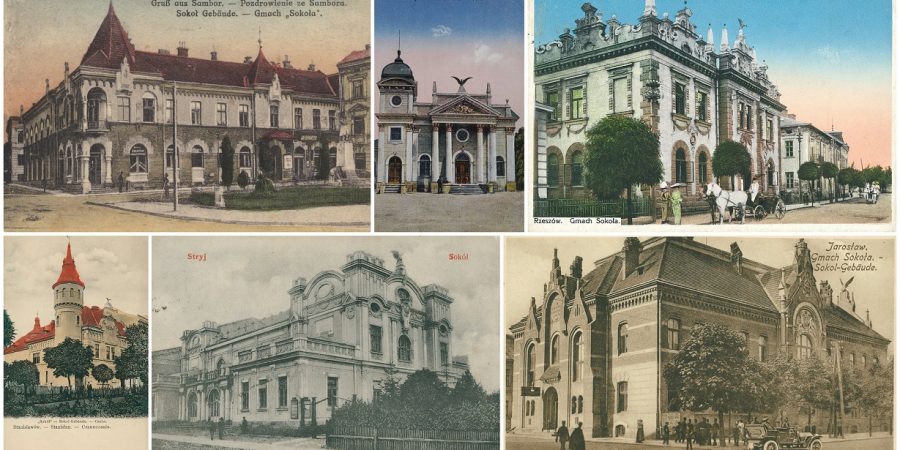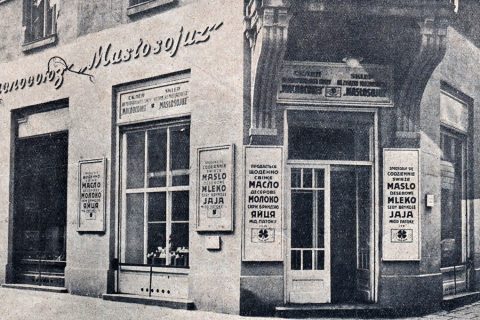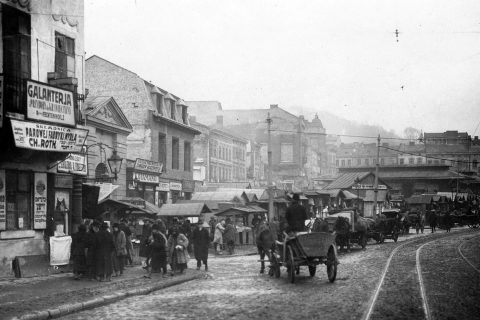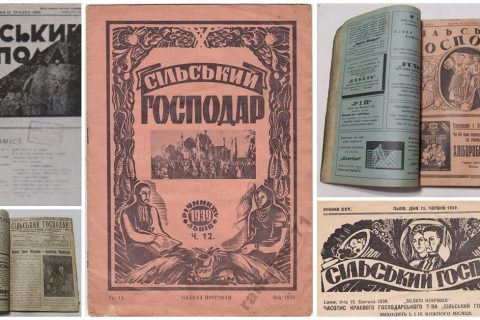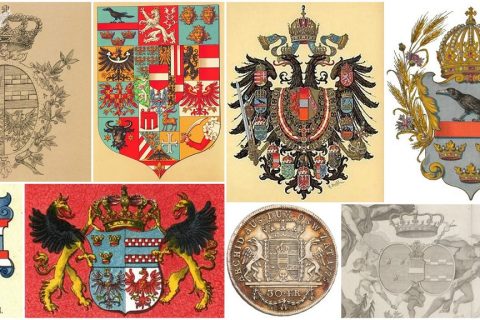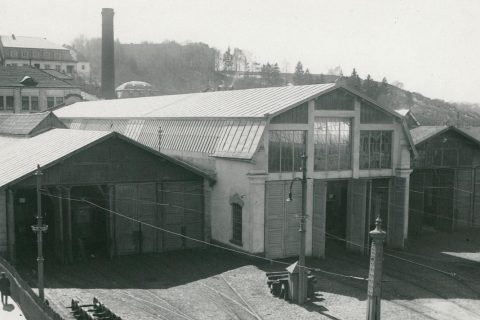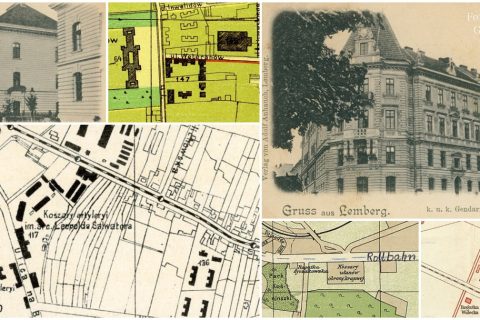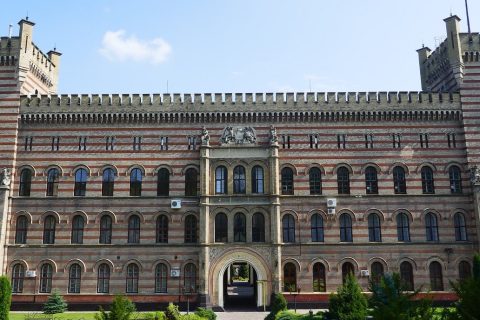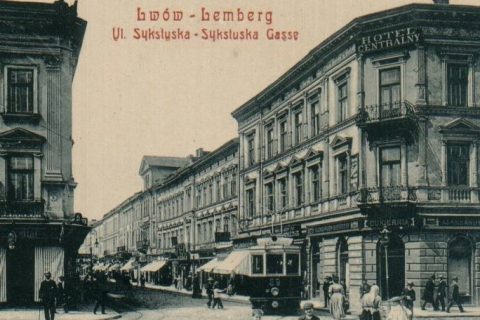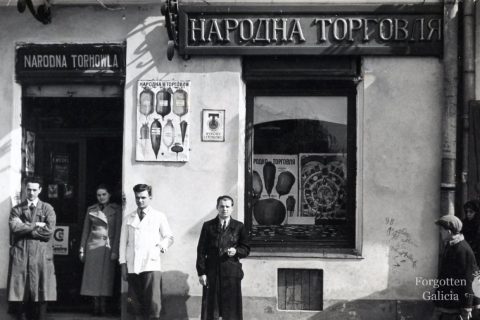Galicia’s Sokolnie: The Architectural Heritage of the Polish Sokół Society
The former buildings of the Sokół Polish Gymnastic Society stand today in the center of almost every Galician town on both sides of the Polish-Ukrainian border. Serving as sports and cultural centers, these were once significant buildings in the town space and often outstanding architectural masterpieces. Although today few of […]
Read More
